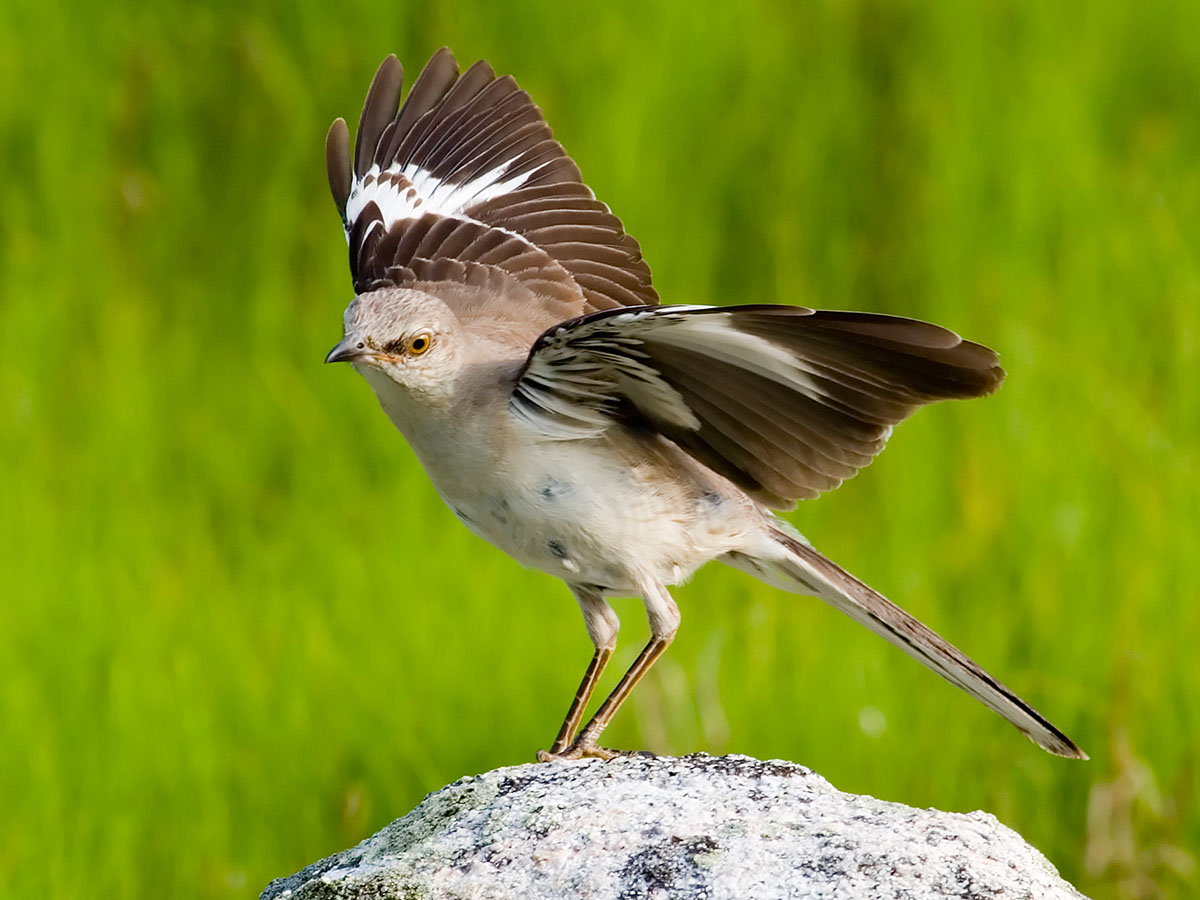Summer wanes; the children are grown;
Fun and frolic no more he knows;
Robert of Lincoln’s a humdrum crone;
Off he flies, and we sing as he goes:
Bob-o’-link, bob-o’-link,
Spink, spank, spink;
When you can pipe that merry old strain,
Robert of Lincoln, come back again.
Chee, chee, chee.
-William Cullen Bryant
William Cullen Bryant wrote a poem about Robert of Lincoln and ended the poem with above verse.
Summer is waning at Goose Pond Sanctuary and the Sanctuary is serving as a stop-over and refueling site for migrating wildlife including bobolinks that are heading south. They are a long distance migrant heading on a 6,000 mile journey to the grasslands, wetlands, and grain fields of interior southern South America.
Bobolinks are in the blackbird family and their species name, oryzivorus means “rice-eating” and refers to this bird’s appetite for rice and other grains, especially during migration and in winter. Sam Robbins nick name for bobolinks was “rice bird” since they like to feed on wild rice in Wisconsin that ripens in late August and September.
A flock of 60 bobolinks were first seen at Goose Pond on August 29 as they fed on Pennsylvania smartweeds seeds from plants located south of our barn. Smartweeds are abundant this year and the seeds provide high energy fuel. Bobolinks were still present in the same smartweed patch on September 10th. The male is unmistakable in spring finery of black, white, and yellow but before fall migration he molts into a striped brown appearance like that of the female.
Bobolinks will be leaving us shortly since they have a long way to go. It is interesting that migrating bobolinks can orient themselves with the earth’s magnetic field, thanks to iron oxide in bristles of its nasal cavity and in tissues around the olfactory bulb and nerve. Bobolinks also use the starry night sky to guide their travels.
We hope you get a chance to see some rice birds on fall migration and look forward to their return in spring!
Written by Mark Martin & Sue Foote-Martin
Photo by USFWS Midwest, Flickr Creative Commons









